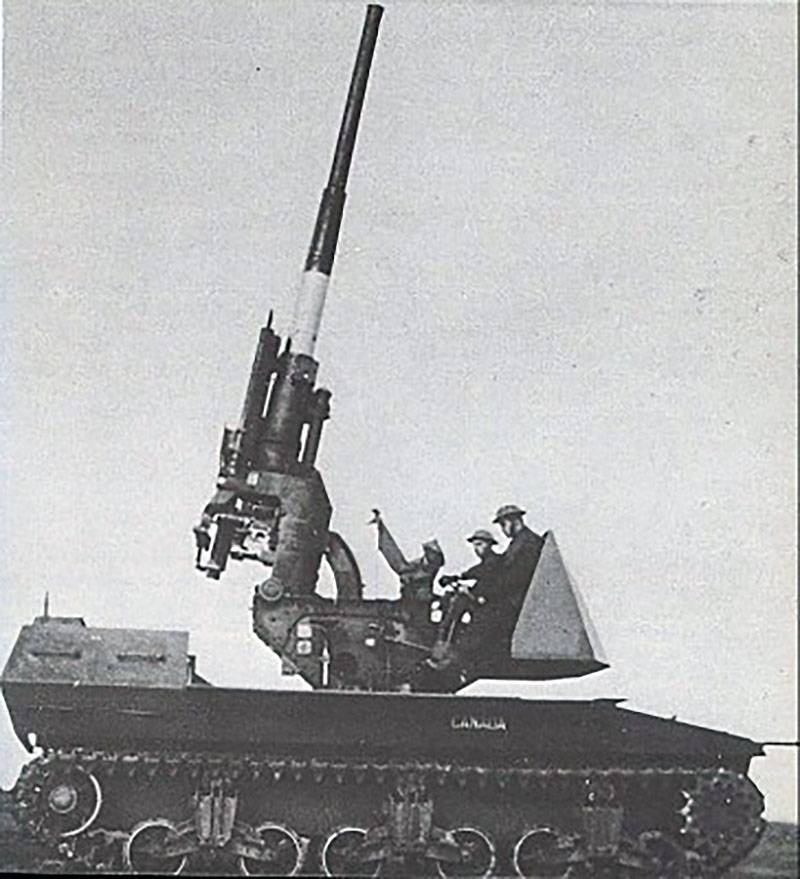Vichy changing sides will trigger Anton but, if the remain neutral but can clandestinely prepare to support a Dragoon then establishing a beachhead can be eased but they can do little more than be a nuisance delay to the Germans driving south to meet the invasion given the forces at their disposal. The ex Vichy forces that were in Italy IOTL were more to show the French flag than be a major enhancement to the other allies.
I can’t answer for the Vichy forces but the Free French were notoriously indiscreet in their HQ in London and it was fortunate that the Axis had no real agents to benefit from it. A Dragoon from North Africa will be a long convoy ride and within Italian based air and naval threats as well as German.
It all rather reminds me of a white peace by the Germans if they had kept the Italians out of the war. The Commonwealth can survive, even thrive and Britain be safe but where can they propagate any land battle with the forces at hand? The Balkans is a route that leads to Germany and can threaten Italy across the Adriatic so benny could see them coming from the Adriatic, Sicily, and, later, into the north. Offer him a way out as an ally. The Germans will be fighting on two fronts and Italy could be another. To spread the Germans around, perhaps a limited invasion of northern France to keep them pinned down there. A giant raid with a permanent beach head.
Perhaps the Americans can be given Brittany to play with and use as a training area? The Canadians were a significant British garrison force but the prospect of an USM has gone away so they can add to the Balkan forces together with the Poles and Greeks etc, ex Vichy Moroccans and Algerians and generally the OTL Italian campaign forces plus, if the Japanese are otherwise engaged with the Anzac forces busy there, the Indian armymenhenced with more Indian officers allowing more units to be raised. It might make Turkey jump into a decision to join the allies but, whilst they have the ability to raise units they are lacking in equipment etc. Perhaps local forces can be recruited as the Balkan front advances.
Ignoring the Pacific campaign, it makes the major USA contribution to be in material and shipping to arm and service these forces whilst the USA army can develop it’s skills and doctrine in Brittany (or other area/s) without reaching the size IOTL. The USAAC can continue unabated with it’s OTL strategic bombing campaign whilst providing close support in Brittany.
All a bit far fetched of course, but it is a view out of the box.
I can’t answer for the Vichy forces but the Free French were notoriously indiscreet in their HQ in London and it was fortunate that the Axis had no real agents to benefit from it. A Dragoon from North Africa will be a long convoy ride and within Italian based air and naval threats as well as German.
It all rather reminds me of a white peace by the Germans if they had kept the Italians out of the war. The Commonwealth can survive, even thrive and Britain be safe but where can they propagate any land battle with the forces at hand? The Balkans is a route that leads to Germany and can threaten Italy across the Adriatic so benny could see them coming from the Adriatic, Sicily, and, later, into the north. Offer him a way out as an ally. The Germans will be fighting on two fronts and Italy could be another. To spread the Germans around, perhaps a limited invasion of northern France to keep them pinned down there. A giant raid with a permanent beach head.
Perhaps the Americans can be given Brittany to play with and use as a training area? The Canadians were a significant British garrison force but the prospect of an USM has gone away so they can add to the Balkan forces together with the Poles and Greeks etc, ex Vichy Moroccans and Algerians and generally the OTL Italian campaign forces plus, if the Japanese are otherwise engaged with the Anzac forces busy there, the Indian armymenhenced with more Indian officers allowing more units to be raised. It might make Turkey jump into a decision to join the allies but, whilst they have the ability to raise units they are lacking in equipment etc. Perhaps local forces can be recruited as the Balkan front advances.
Ignoring the Pacific campaign, it makes the major USA contribution to be in material and shipping to arm and service these forces whilst the USA army can develop it’s skills and doctrine in Brittany (or other area/s) without reaching the size IOTL. The USAAC can continue unabated with it’s OTL strategic bombing campaign whilst providing close support in Brittany.
All a bit far fetched of course, but it is a view out of the box.

